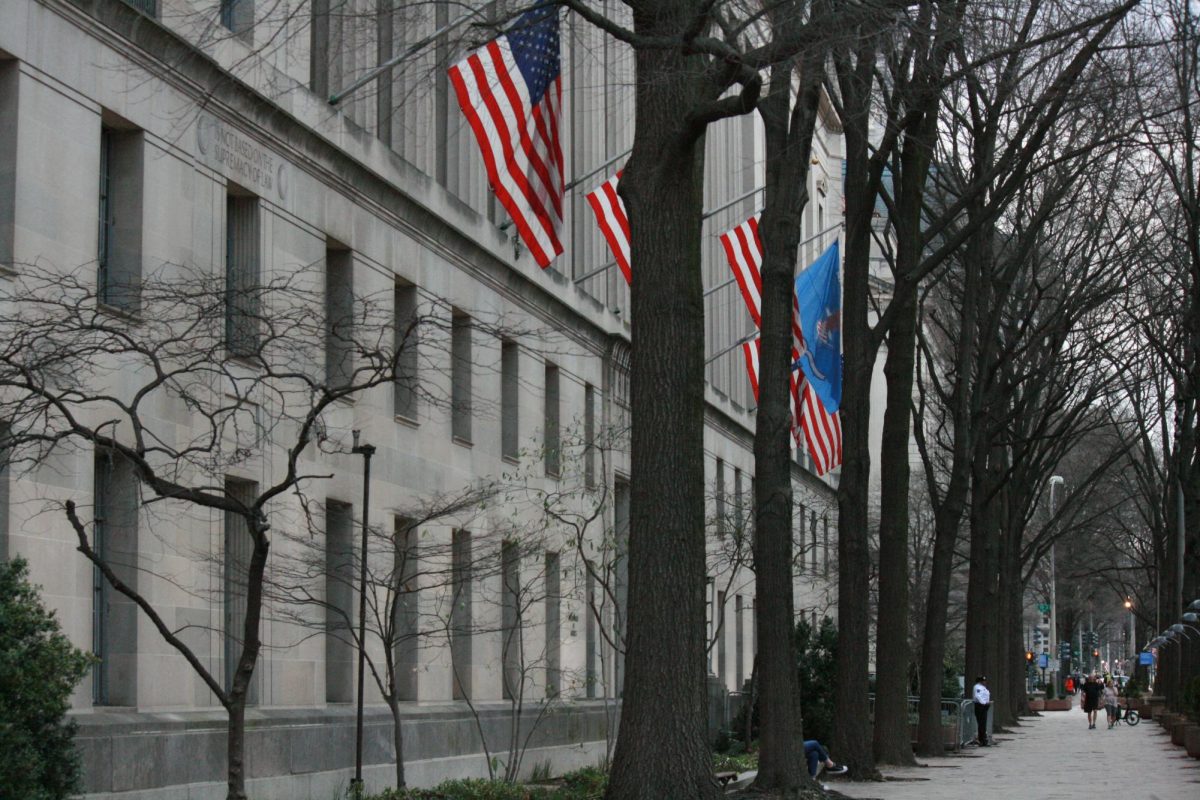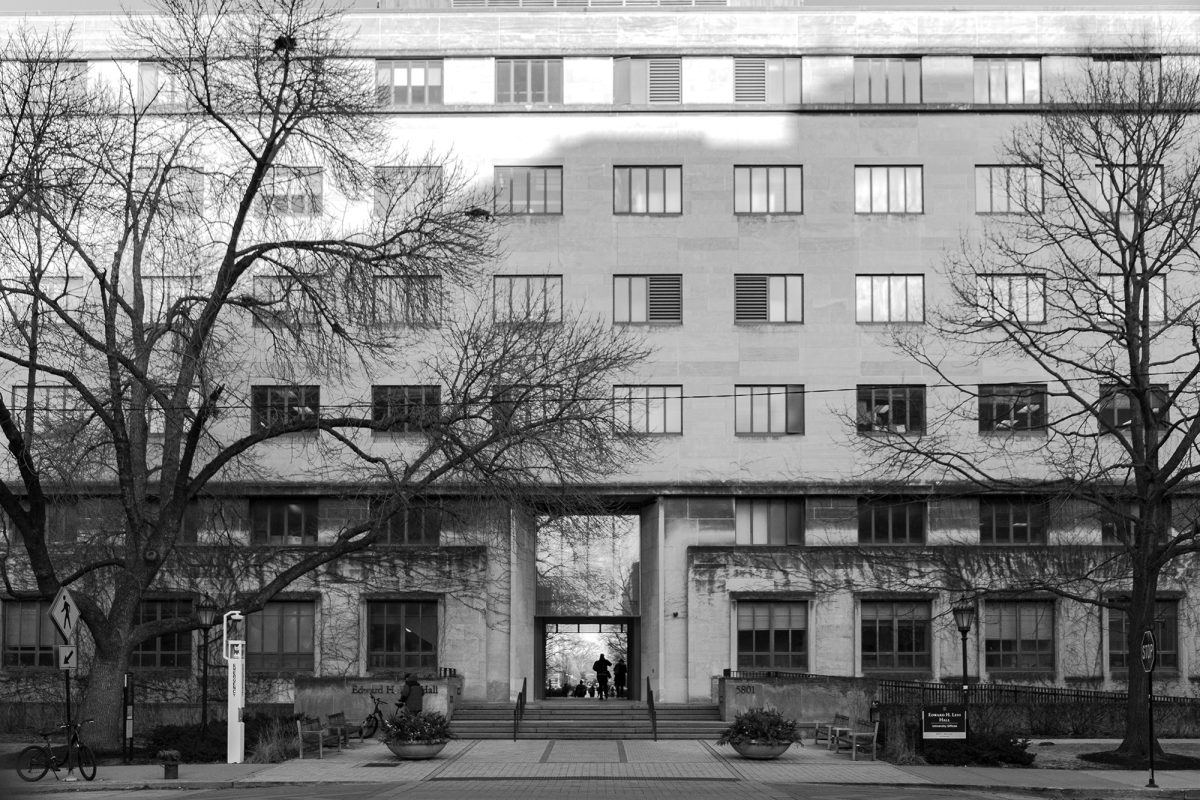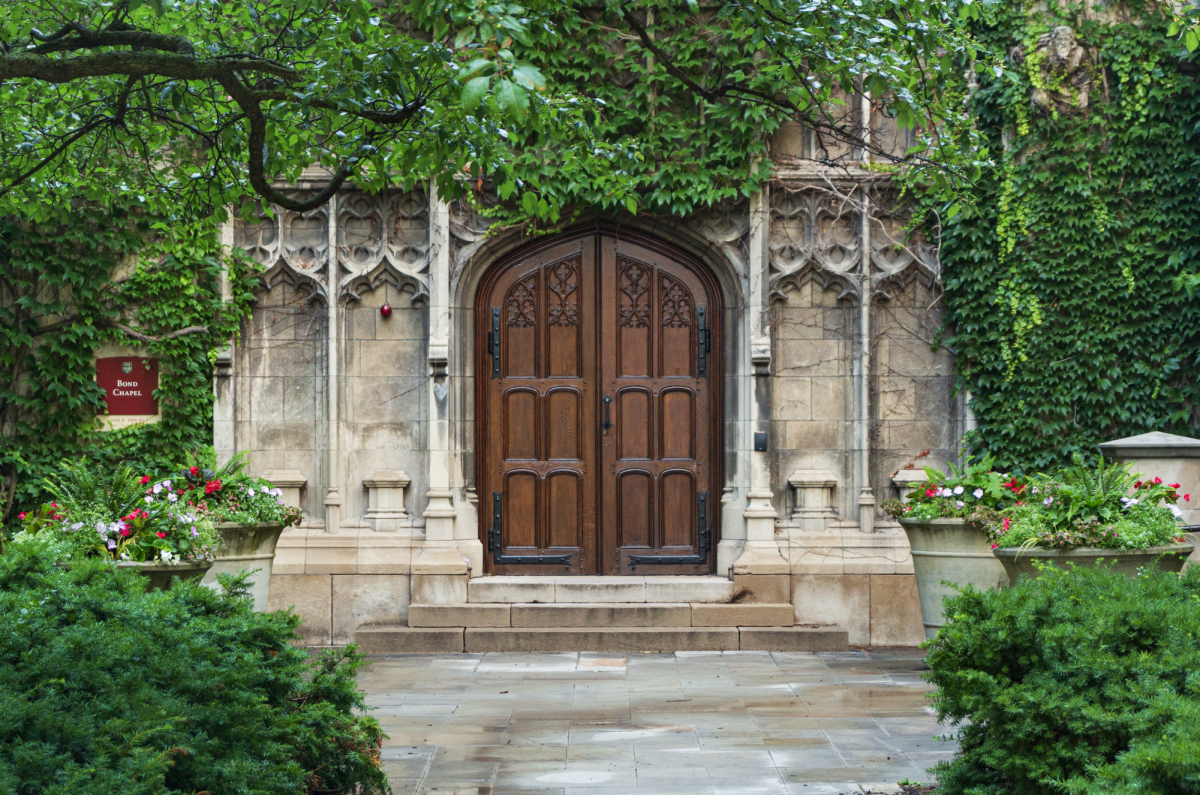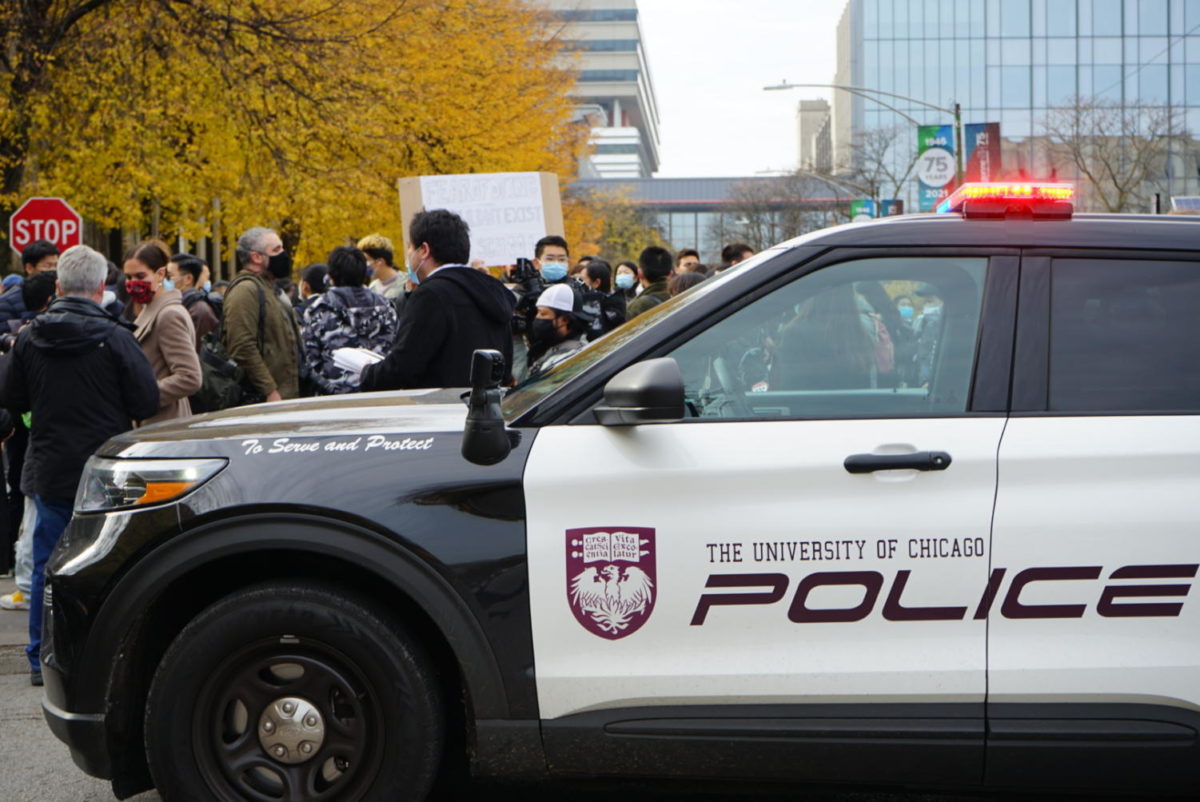News last week that the University is tentatively planning a 1,254-bed dorm, dining hall, and retail complex on the former site of the Harris School of Public Policy should come as a surprise for only one reason: It’s in a different location than the East 61st Street and South Dorchester Avenue dorm originally announced by Dean of the College John W. Boyer in August.
Otherwise, the move is in line with the University’s recent housing strategy to forego the satellite dorm model in favor of sprawling, centrally located megadorms. If built as projected, the dorm would be the University’s largest yet, capable of housing more than one-and-a-half times as many students as Max Palevsky, Renee Granville-Grossman, or Campus North. As the University gears up for the project south of the Midway, The Maroon Editorial Board braces itself for the inevitable cost—both the literal cost to the University and the figurative cost to student independence.
The megadorm model would appear to offer a catch-all solution to the College’s housing woes. According to a recent statement sent to The Maroon, Housing and Residence Life hit capacity this year at 56.23 percent of the undergraduate population, explaining the embarrassingly last-minute addition of Vue53 as a housing option over the summer. Additionally, in a statement to The Maroon last month, Boyer stood by his 2008 goal of housing “at least 70 percent” of the College’s students on campus and “ensur[ing] that students enjoy the same high-quality residential experience in every dorm.” (For reference, the projected megadorm would leave the University capable of housing about 75 percent of the undergraduate population.)
But the price of this “high-quality residential experience” is absurd—and not just for students, many of whom already find housing cost-prohibitive. North’s price tag came out to a whopping $148 million; if projections for the new dorm are accurate, it’s reasonable to assume that the new dorm’s cost will soar even higher. That’s at least $150 million that could have gone towards funding research, ensuring small class sizes, and coaxing top academics and researchers to the school—everything that ought to take precedence at a university like ours.
Northwestern University’s current housing master plan and its emphasis on renovation rather than demolition and reconstruction offers a possible alternative. For an overall cost of $465 million, Northwestern is building five small- to mid-sized dorms and permanently closing three, but renovating 10 residence halls. Given the possibility that the current Harris building will be demolished only to essentially swap its function with New Grad’s, the more obvious and cost-effective option would have been to simply renovate both. Breckinridge—with its location on the Midway, history, and as-of-yet undecided fate—also offers a prime candidate for remodeling, leaving the option of a more intimate, traditional housing experience open to those who seek it. Such a move wouldn’t even be unprecedented; Breckinridge was closed in 2001 following construction of Max Palevsky only to reopen again in 2003.
Moreover, Boyer’s rationale for meeting that 70 percent baseline negatively compares UChicago to peer institutions and assumes that undergrads are chomping at the bit to stay in Housing as upperclassmen—he shouldn’t, and, on the whole, we’re not. In the same 2008 monograph, Boyer cited high housing rates at Yale and Brown (88 and 85 percent, respectively) as an incentive for the University to boost its housing rates, but Hyde Park is no New Haven or Providence; if anything, the University of Pennsylvania’s setting and housing market is most similar to UChicago’s, and it shares a similar on-campus housing rate (54 percent). Nor does Boyer address the cost of on-campus housing as a major deterrent to retention: In many cases, students paying full price for a double in Housing (around $950 a month) might be paying nearly twice as much as the cost for their own room in a multi-bedroom apartment, and the price for a single (about $1050 a month) is on par with the average price of a studio or cheap one-bedroom apartment in Hyde Park, minus the cost of utilities. As long as the price of living on-campus dramatically outstrips that of living off-campus as it currently does, Housing will face an uphill battle retaining students.
Plus, by limiting University-affiliated off-campus housing options over the years—currently, only Stony Island and Vue53 remain—Housing has left students with less variety than before. It’s common practice for universities to buy nearby properties to offer intermediary off-housing option, and the University of Chicago was no exception. Those of us who applied to the University of Chicago just a few short years ago remember a time when Housing advertised its variety as a major selling point; a few blocks off campus, Blackstone, Broadview, and the Shoreland in particular provided single-room or apartment-style housing options. However, under the current housing strategy, students seeking both the independence of living off-campus and the benefits of the House system are left with few options.
In an interview with The Maroon shortly before the closure of Pierce, Boyer said, “New residence halls are very expensive. You don’t just decide to do them casually.” He’s right, obviously. But when a numbers race and quests for new, shiny developments are informing the University’s long-term housing strategy over tangible improvements to academic life and students’ demonstrated desires, the cost seems far too high.








